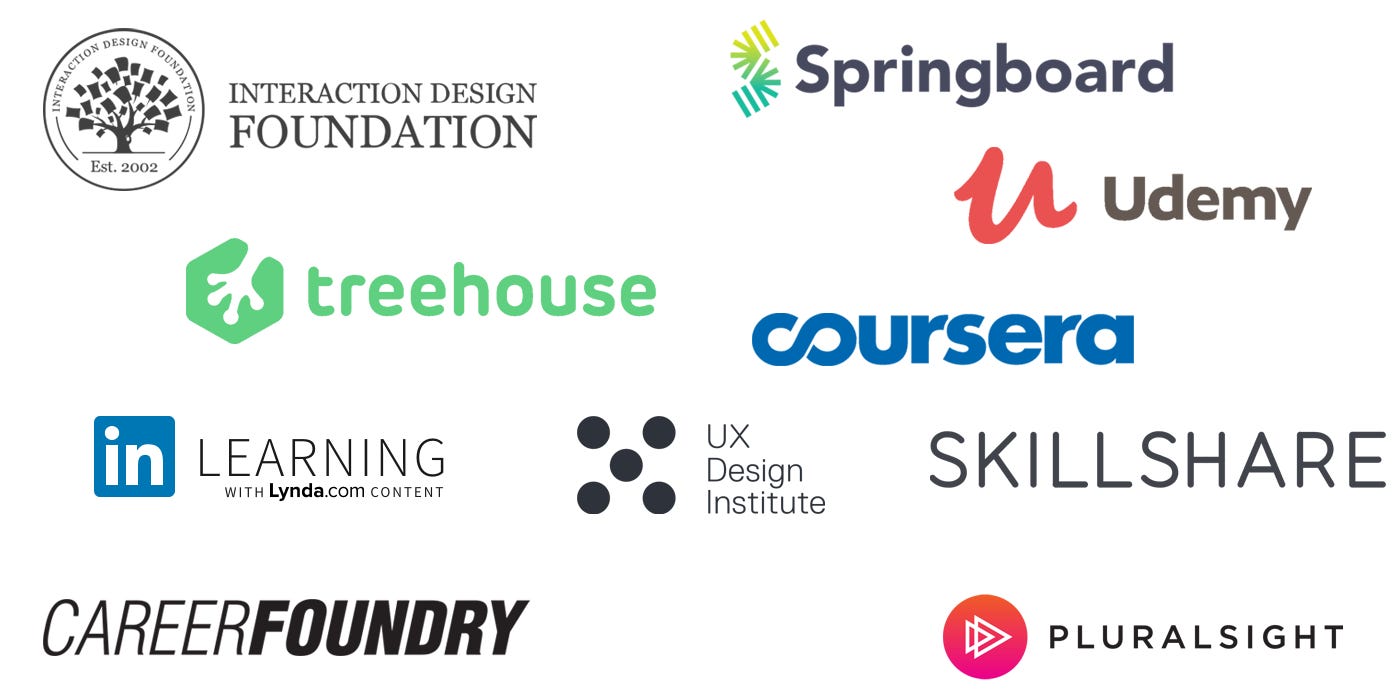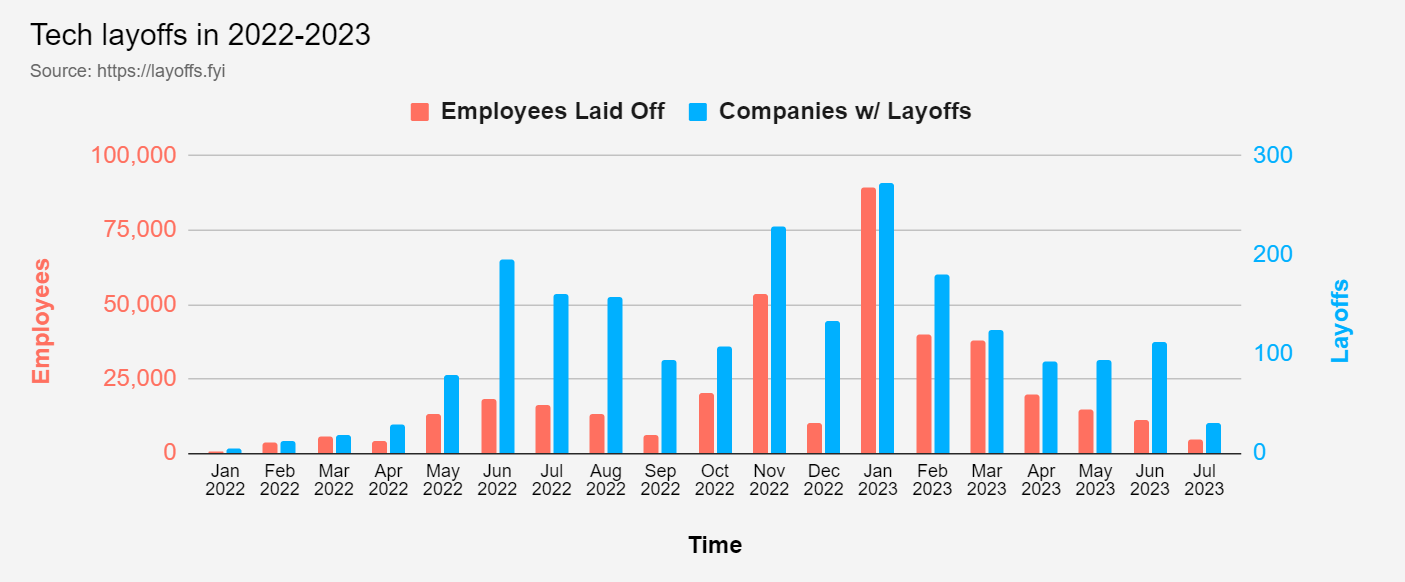Abstract
In 2024, there will be both possibilities and difficulties in UX design. While affordable and flexible, online education programmes might not give us enough real-world experience. UX designers are in high demand in both the tech and non-tech sectors, but competition for jobs is fierce, particularly in the wake of pandemic-related layoffs that have favoured seasoned designers with experience in specific domain. The reality of UX practice includes complicated collaborations, quick changes, meeting deadlines, and striking a balance between user wants and company objectives. The business is changing as a result of automation and artificial intelligence (AI) as well, which streamlines procedures while posing questions about the possible replacement of human designers. Nevertheless, creativity and emotional intelligence are still crucial.

The hype is over or not! How to prepare for ux practical scenarios?
As an UX designer, the state of design in 2024 presents both exciting opportunities and challenges. With education becoming more accessible and the tech industry heavily promoting UX design as a hot career path, it's crucial to strike a balance between the promising programs and the realities of practice. However, how newcomers could navigate around the pool of information and how to break into the industry is still a vague path to many. Some stops due to the life burden, some quit after so many failed attempts.
The Rise of Online Education
One of the most significant developments in 2024 is the proliferation of online UX design courses and programs. Platforms like Coursera, Udemy, and edX offer a wide range of UX design courses, from introductory levels to advanced specializations. These online programs provide a flexible and cost-effective way for aspiring designers to gain theoretical knowledge and practical skills.

However, it's important to note that while online courses can be valuable resources, they may not fully prepare you for the complexities of real-world UX design challenges. Hands-on experience and mentorship from seasoned professionals are still essential for developing a well-rounded skillset. That’s why many experienced designers use social media, such as Linkedin, Facebook, Youtube, Tiktok to build their personal brand in order to create business with their talent and experience as well.
This give us a wide range of getting design education. However the question is the practicality of these courses, and the credibility also a big issue as well. Of course, word of mouth is a good method to know the quality of the courses from other designers but the big part of success lie on us.
The Demand for UX Designers in Tech
The tech industry has been actively promoting UX design as a highly sought-after career path, fueling the perception that it's a hot job market. Companies recognize the importance of delivering exceptional user experiences, and they are willing to invest in talented UX designers who can create intuitive and engaging digital products.
While the demand for UX designers is indeed high, it's crucial to understand that the job market is also becoming increasingly competitive. As more individuals pursue UX design education, the pool of candidates grows larger, making it more challenging to stand out and secure desirable positions.
Especially, when the tech sector has experienced a slowdown in UX job growth after pandemic, with companies implementing cost-cutting measures and layoffs. This has led to a surplus of experienced UX designers seeking employment, making it more challenging for newcomers to secure entry-level positions. Companies hiring in 2024 are likely to favor seasoned designers with AI knowledge and practical experience over junior candidates. The perception of market saturation has intensified, with the supply of designers outweighing the demand in certain regions or sectors.
Everything changed rapidly during and after the pandemic, the urge to expand design team in the market increased which lead to the explosion of demanding for design role. However, it created a knowledge and experience gap when the workforce tried to fill it with fresh batch of designers pretend to be experienced one.

However, since 2022 the downfall started for tech industries, mass layoff happened overnight and continue till 2024.

What happened? Why interest in expand the design or product team and then cut them off? Is it because of the hype of having design team to create value that stakeholders cannot foreseen yet?


Looking back, as a UX designer myself and UX design instructor at different bootcamp and short training courses, quite a significant number of designer wannabe just take courses because of appealing message about the promising future career. Graduate with few capstone projects does not promise a place in a team anymore. I have experienced first hand the mass layoff in tech around here, business is smarter in hiring an individual nut just because you have some things that might work for them but you have to prove that you bring in a certain value. Years of experience also does not promise that you’re a value member, they have way more ideas about what to look into when hiring a designer now.
The Reality of Practice in Tech
While the tech industry presents exciting opportunities for UX designers, it's important to understand the realities of practice in 2024. The field of UX design is constantly evolving, with new technologies, methodologies, and user behaviors emerging at a rapid pace. Successful UX designers must be adaptable, continuously learning, and able to navigate complex cross-functional collaborations. Ego is something we have to check frequently. Setting too high might lead to overpraise yourself but cannot allow others to undermine your importance within the team as well.
Furthermore, the tech industry often operates under tight deadlines and high-pressure environments, requiring UX designers to balance user needs with business objectives and technical constraints. Effective communication, problem-solving, and stakeholder management skills are essential for navigating these challenges. Easier said than done in CEO driven company or any driven environment but Product/User driven approach.
The unstoppable rise of AI and automation technologies is reshaping the UX industry as well. While AI can streamline many aspects of the design process, such as user research, prototyping, and trend analysis, it also presents new challenges and ethical considerations. Companies are increasingly adopting AI-powered design tools and leveraging generative AI to identify user needs, draft technical documents, and create product designs. This trend raises concerns about the potential replacement of human designers by AI, although experts argue that AI cannot fully replicate the emotional intelligence, creativity, and human connection required for effective UX design, but who knows what might happen. Nobody had believe that we could travel further than the Earth until the scientists proved us wrong.
Despite the advancements in AI and automation, the core principles of human-centered design remain essential. UX design is not solely about aesthetics or web design; it is about creating intuitive, accessible, and convenient experiences tailored to specific user needs and behaviors.As consumers become more discerning and demand high-quality digital products, the human touch and expertise of UX designers will be crucial in maintaining consumer trust and delivering exceptional user experiences. Companies cannot rely solely on AI-generated solutions and must prioritize usability, accessibility, and convenience to remain competitive. Hence, we are still have to room to growth with a solid foundation and the advancement when using AI to help us create value for the business.
Diversification of UX Opportunities
Despite the challenges in the tech sector, the demand for UX designers is growing in non-traditional industries such as finance, government, and healthcare. These sectors are undergoing rapid digitization and actively seeking talented individuals to contribute to user-centric design and improve customer experiences.The diversification of UX opportunities presents a promising avenue for aspiring designers, as these industries may offer more entry-level positions and growth potential.

However, in order to get into these sectors require specialized knowledge or industry-specific skills which even senior designers find it difficult. In addition to, most employers prefer people who have worked in those sectors to non-experience one no matter how well their process and mindset could be.
Conclusion
As a UX designer in 2024, it's crucial to approach the promising programs and industry promotions with a balanced perspective. While online education and the tech industry's demand for UX designers present exciting opportunities, it's important to recognize the realities of practice and the competitive job market.
Successful UX designers in 2024 will be those who combine theoretical knowledge with hands-on experience, continuously develop their skills, and cultivate essential soft skills like communication, problem-solving, and adaptability. By striking a balance between the promises and realities, aspiring UX designers can navigate the challenges and seize the opportunities that the field presents in 2024 and beyond.
Written by Linh Nguyen.
About the author
Linh Nguyen is a UX Designer.
Links
- Substack: https://linknguyen.substack.com/















Discussion